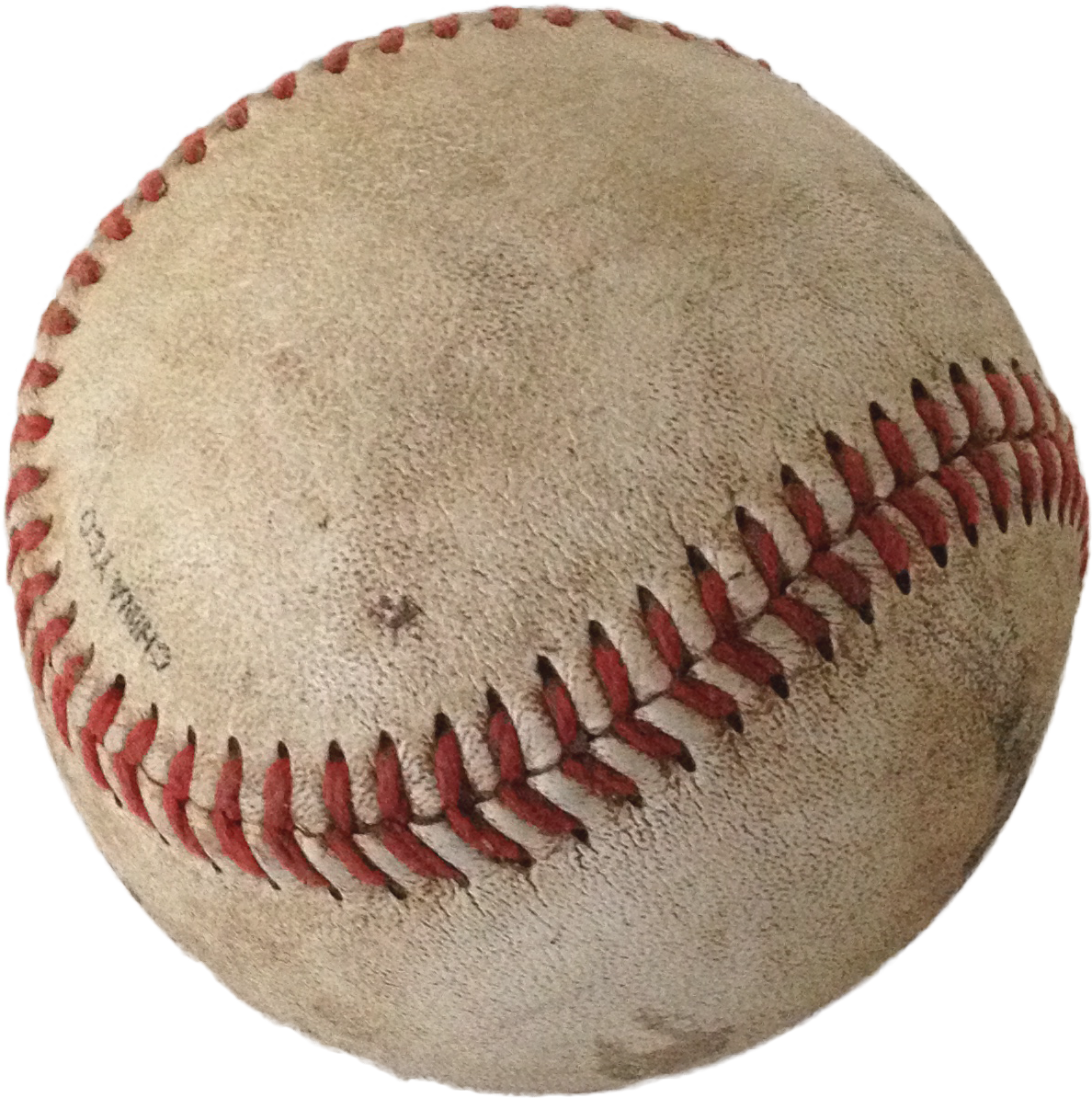The Rolling Stones released “The Spider and the Fly” fifty years ago July like “Like a Rolling Stone” but ten days later and with less of a bang but for being the B-side of “(I Can’t Get No) Satisfaction” in Britain tho tied by a thread — “Sittin’ thinkin’ sinkin’ drinkin’” — “drinkin’, thinkin’ that they got it made” — the ancient form of weaving, a bawdy parlour song, “’Tis the prettiest little parlour that ever you did spy,” that superficially strings-in, title and plot, from a previous more virtuous verse.
William and Mary Howitt were a virtuously prolific pair though not so well remembered as “The Spider and the Fly.”
One of William Howitt’s own works which was published in two volumes, in London by Richard Bentley, New Burlington Street, Publisher in Ordinary to Her Majesty and in New York by Harper & Brothers, Homes and Haunts of the Most Eminent British Poets is illustrated by engravings made by H. W. Hewet (engraver of numerous editions, publisher, and patentee of the Improved Screw-Wrench) in the New York edition. The London edition credits “The Illustrations by W. and G. Measom.”
George Samuel Measom, known for his illustrated railway guides, and his charity, collaborated with his brother, William, an engraver and a painter; and it appears now that our book contains the original mixed media/watercolour illustrations for the Howitt Haunts and Homes made by either one or both of these brothers and was bound for preservation in 1850, after the publication of the two volumes.
Alfred Tennyson, Birthplace at Somersby. Views of the Haunts and Homes of the British Poets, Oct. 19 1850
Our catalogue entry, for the edition planned for publication in October:
Views of the Haunts and Homes of the British Poets, Oct. 19 1850.
From our Un-Gyve archives, an original sequence of thirty-nine small watercolours by an unknown artist, the home or haunt and the poet being identified by hand in blue ink on the tissue leaf that precedes each illustration. These lovely vignettes are bound, the pages with gilt edges, and the album secured with a brass clasp. This loving series of associations opens with Geoffrey Chaucer (Tabard Inn — Southwark), and closes with Alfred Tennyson (Birthplace at Somersby).
1850 was Tennyson’s annus mirabilis, a year to marvel at: May had seen the publication of In Memoriam, and June his wedding. In November he was to succeed William Wordsworth (who had died in April) as Queen Victoria’s Poet Laureate, bestowing and receiving many true tributes for the next forty-two years.
In a limited edition, Un-Gyve will reproduce in faithful facsimile this tribute to the centuries’ poets and to their spirits of place.
Un-Gyve Press under V.
And call ’d herself a gilded summer fly
Caught in a great old tyrant spider ’s web
— Tennyson, from “Merlin and Vivien”



